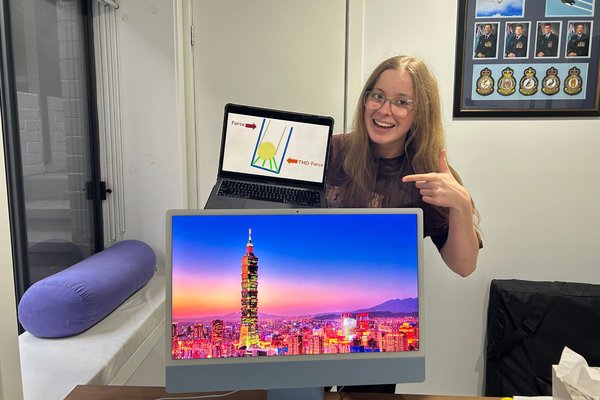The Internet of Things
According to Wikipedia, “The Internet of Things refers to uniquely identifiable objects (things) and their virtual representations in an Internet-like structure. … Equipping all objects in the world with minuscule identifying devices could be transformative of daily life. For instance, business may no longer run out of stock or generate waste products, as involved parties would know which products are required and consumed.” Petty (2012), in the Gartner Report, noted three key elements of the Internet of Things: embedded sensors, image recognition and near field communication (NFC), and predicted that these will continue to improve.
Chui, et al (2012): “More objects are becoming embedded with sensors and gaining the ability to communicate. The resulting information networks promise to create new business models, improve business processes, and reduce costs and risks. … sensors and actuators embedded in physical objects—from roadways to pacemakers—are linked through wired and wireless networks, often using the same Internet Protocol (IP) that connects the Internet. These networks churn out huge volumes of data that flow to computers for analysis. When objects can both sense the environment and communicate, they become tools for understanding complexity and responding to it swiftly.”
VTT (2012) observed that “Objects converse with each other, mobile phones identify our movements”, with smart objects that are “situationally aware”, providing interaction between humans and machines.
The Museum is working with Tapit on an NFC project funded by the NSW Government Collaborative Solutions, Mobile Government program. The aim of this is to use both NFC and QR technologies to provide visitors with “exclusive content” via their smart device. NFC tags are embedded in a panel (either a separate panel or via a sticker on an existing text panel) enabling visitors to access behind the scenes content, such as videos and image galleries, as well as being able to share on social media and connect with the Museum via our website.
Our initial testing found that while visitors with NFC capable phones had no idea how to use this function, once they were shown how, they saw all kinds of benefits and uses for them. One key finding was that visitors appreciated the idea of being able to access extra content, but they wanted to be able to take it home and not necessarily use it while they were standing in front of an object or showcase.
One of the legacies of this project is a custom built, simple CMS for all staff to use in an agile and flexible way to deliver content via smart devices. We are also looking at embedding payment systems (for example “Like this exhibition? Tap here to buy the catalogue”) and gamification (treasure trails and rewards).
We are doing a further roll out and testing during January 2013 so will keep you posted. At this stage, certainly for our Museum, it looks like the "Internet of Things" is here to stay as it give us the ability, through smart objects, NFC and geo-location, to provide visitors with a richer, more personalised experience, coupled with opportunities to take home content and further interact with the museum after their visit.
References
- Chui, M., Löffler, M. and Roberts, R. (2012). The Internet of Things. McKinsey Quarterly.
- Pettey, C. (2011). Gartner Identifies the Top 10 Strategic Technologies for 2012.
- VTT (2012). The internet of things will transform our everyday.






